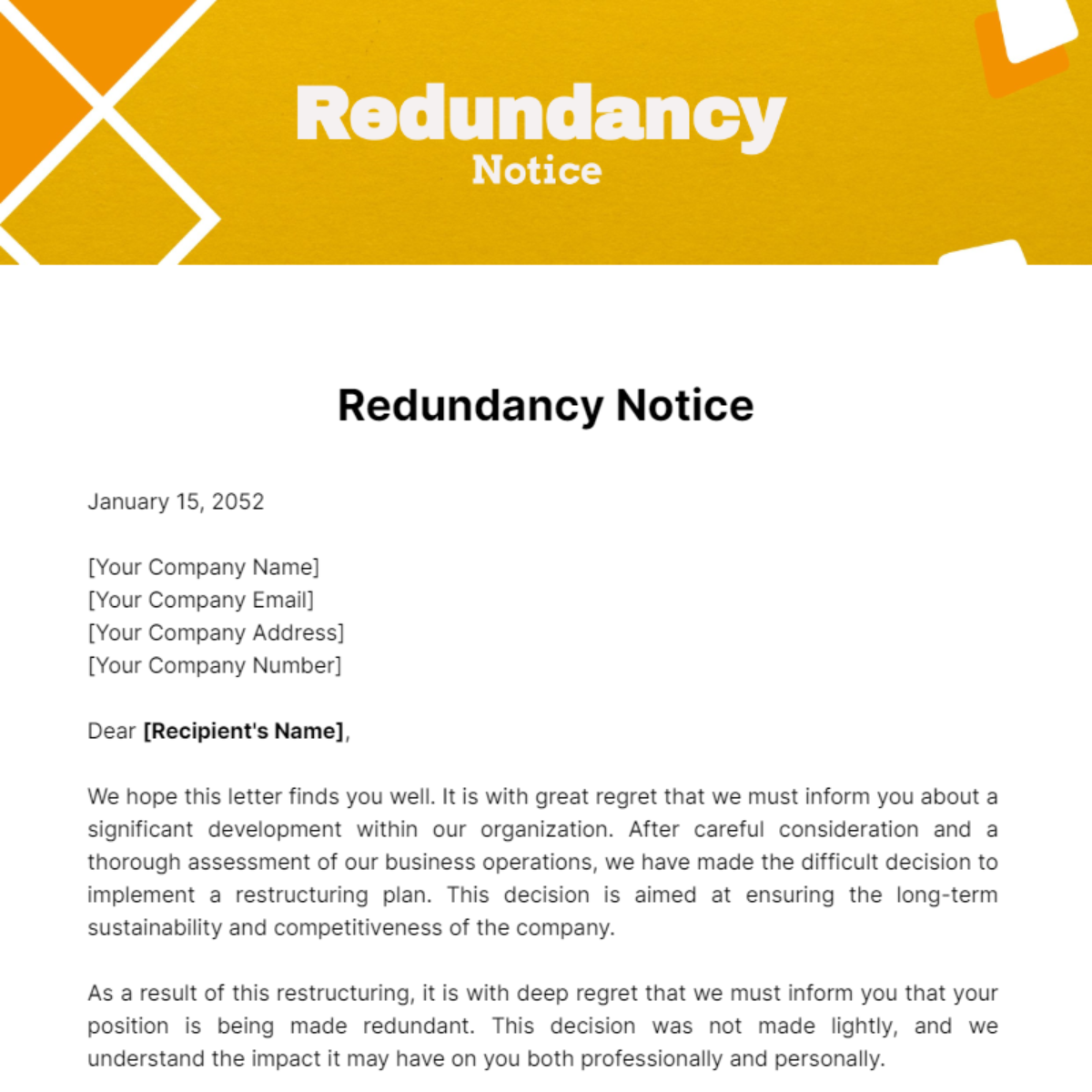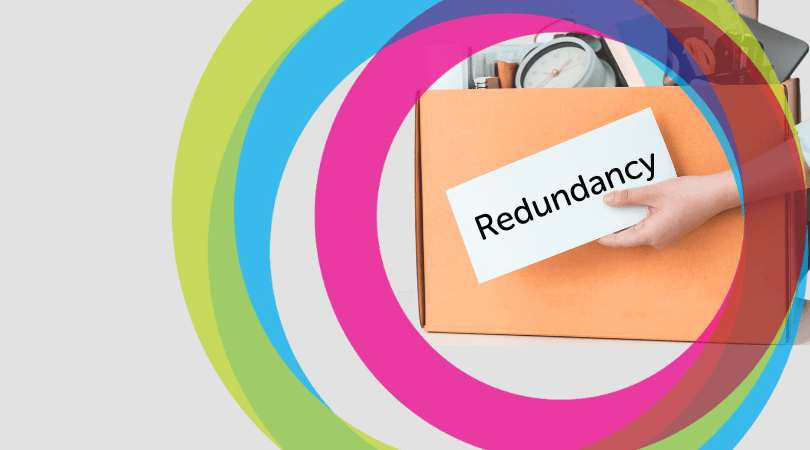Checking Out the Operational Dynamics of Company Redundancy and Its Long-Term Sustainability

Redundancy Techniques for Service Connection
In order to guarantee undisturbed operations, companies have to implement reliable redundancy strategies for service connection. Redundancy in this context describes the duplication of essential components or functions within a system to alleviate the impact of potential failings. By incorporating redundancy techniques, companies can boost their durability against disruptions brought on by numerous factors such as natural catastrophes, devices failures, or cyber-attacks.
One usual redundancy approach is the implementation of backup systems and data storage remedies. This entails developing matches of essential information and systems that can be triggered in situation of a main system failing. Furthermore, companies can develop repetitive interaction channels and source of power to preserve connectivity and procedures throughout unexpected occasions.
In addition, cross-training staff members to execute numerous roles within the company can function as an important redundancy strategy. This makes sure that essential jobs can still be accomplished also if crucial workers are not available because of disease or other reasons. On the whole, reliable redundancy methods are vital for companies to copyright functional connection and reduce the impact of possible disturbances.
Influence of Redundancy on Organizational Resilience
Given the crucial role redundancy methods play in guaranteeing service continuity, checking out the influence of redundancy on business resilience comes to be essential for recognizing the all natural functional characteristics of a business. Redundancy, when purposefully applied, can considerably contribute to boosting a company's strength in the face of unforeseen obstacles.
Furthermore, redundancy can promote development and creativity within an organization as workers feel encouraged to take calculated risks, knowing that there is a safety web to support them in case of failing. Overall, the impact of redundancy on business durability is extensive, shaping the lasting sustainability and success of a firm.
Balancing Performance and Adaptability in Redundancy
Accomplishing an unified equilibrium in between operational effectiveness and adaptive flexibility is a crucial difficulty in the strategic implementation of redundancy within organizations. Effective procedures are essential for preserving productivity and cost-effectiveness, making sure that resources are made use of efficiently. Nonetheless, excessive focus on effectiveness alone can lead to strength, making it difficult for organizations to adjust to unexpected adjustments or obstacles. On the other hand, flexibility enables companies to react nimbly to developing situations, promoting innovation and resilience. Yet, also much flexibility without a strong operational foundation can cause inefficiencies and disparity.
To balance effectiveness and flexibility in redundancy preparation, companies must thoroughly evaluate their functional needs, market dynamics, and strategic objectives. Ultimately, locating the appropriate stability in between efficiency and adaptability is critical for developing a lasting and resilient company in the face of unpredictability.
Long-Term Sustainability Via Redundancy Planning
To ensure enduring feasibility and security, companies have to tactically straighten their redundancy advice preparation with long-lasting sustainability objectives, consequently harmonizing operational performance with adaptive adaptability. Companies need to watch redundancy not as a responsive service to immediate issues however as an aggressive strategy for long-term success.

Positive Procedures for Lasting Company Workflow
How can firms proactively improve their functional sustainability for long-term success? Carrying out proactive procedures is essential for firms aiming to guarantee sustainable operations.
Additionally, fostering a culture of continual improvement and discovering within the company can boost versatility to changing market problems and customer needs. Encouraging employee involvement in decision-making procedures and supplying opportunities for specialist growth can enhance morale, performance, and overall efficiency. Establishing clear objectives, monitoring crucial performance indicators, and frequently reviewing development are crucial elements of positive sustainability administration.
Working together with providers, clients, and various other stakeholders to advertise sustainable methods throughout the supply chain can develop a ripple result of favorable effect - redundancy pay if company her explanation goes bust. By taking proactive actions in the direction of functional sustainability, companies can develop resilience, drive technology, and protect their long-term success in an ever-evolving business landscape
Verdict

In the realm of organizational management, the calculated implementation of company redundancy stands as a pivotal yet complex practice that demands a fragile equilibrium between operational performance and long-term viability. By studying the operational characteristics that underpin business redundancy and examining its broader ramifications for organizational durability and flexibility, a nuanced understanding of just how redundancy approaches can shape the future trajectory of a firm starts to unfold.Given the crucial duty redundancy approaches play in making sure organization continuity, discovering the impact of redundancy on organizational durability comes to be critical for understanding the alternative operational dynamics of a business. Overall, the influence of redundancy on business resilience is extensive, shaping the lasting sustainability and success of a company.
In conclusion, understanding the operational characteristics of company redundancy is essential for making sure lasting sustainability.